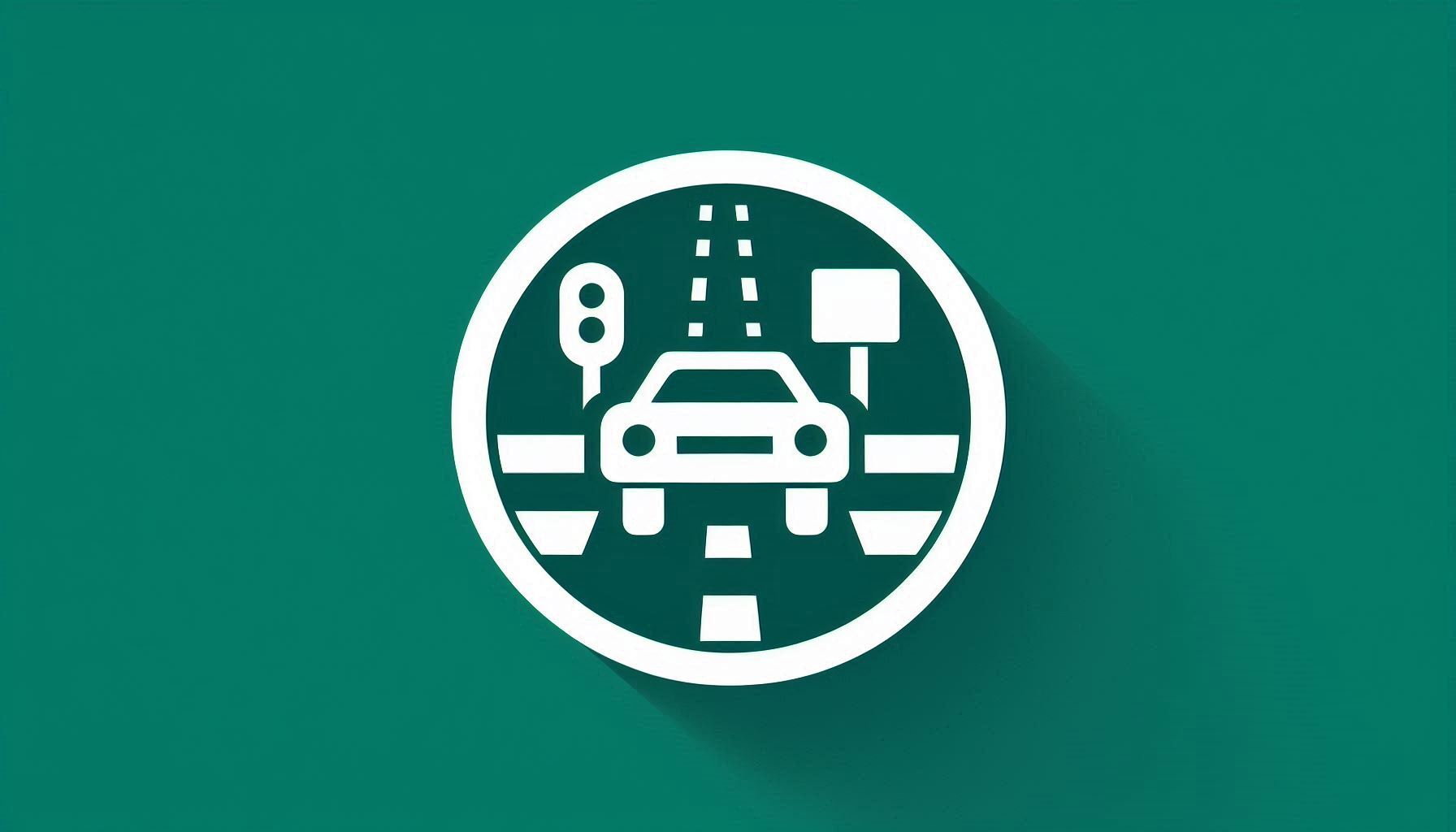Safety Effectiveness of Converting Conventional Intersections to Roundabouts: Case Study in the City of Niš

Downloads
Downloads
Gross F, Lyon C, Persaud B, Srinivasan R. Safety effectiveness of converting signalized intersections to roundabouts. Accident Analysis and Prevention. 2013;50:234-241.
raffic Safety Agency. Statistical traffic safety report in the Republic of Serbia in 2012 [in Serbian]. Belgrade: Traffic Safety Agency; 2013.
Thai Van M, Balmefrezol P. Design of roundabouts in France. Transportation Research Record. 2013;1737:92-97.
Rodegerdts L, Bansen J, Tiesler C, Knudsen J, Myers E. Roundabouts: An informational gude. Report 672 - Second Edition. Transportation Research Board – National Cooperative Highway Research Program. Washington DC, USA; 2010.
Pellecuer L, St-Jaques M. Last advance about roundabouts. Canadian Journal of Civil Engineering. 2008;35:542-553.
Sacchi E, Bassani M, Persaud B. Comparison of Safety Performance Models for Urban Roundabouts in Italy and Other Countries. Transportation Research Record. 2011;2265:253-259.
Sangyoup K, Jaisung C. Safety Analysis of Roundabout Designs based on Geometric and Speed Characterisitcs, KSCE Journal of Civil Engineering. 2013;17(6):1446-1454.
Pilko H, Brčić D, Šubić N. Study of vehicle speed in the design of roundabouts. Građevinar. 2014;66(5):407-416.
Schoon C, Van Minnen J. Accidents at roundabouts II: Second investigation into the safety of roundabouts especially for cyclists and moped riders [in Dutch]. Stichting Wetenschappelijk Onderzoek Verkeersveiligheid (SWOV), rapport R-93-16. Leidschendam; 1993.
Institute of Transportation Engineers–ITE. Traffic Safety Toolbox: A Primer on Traffic Safety. Washington DC, USA: Institute of Transportation Engineers; 1999.
Hyden C, Varhelyi A. The effects on safety time consumption and environment of large scale use of roundabouts in an urban area: a case study. Accident Analysis and Prevention. 2000;32(1):11-23.
Persaud B, Retting R, Garder P, Lord D. Safety effects of roundabout conversions in the United States: empirical Bayes observational before-and-after study. Transportation Research Record. 2001;1751:1-8.
Elvik R. Effects on road safety of converting intersections to roundabouts: review of evidence from Non-U.S. studies. Transportation Research Record. 2003;1847:1-10.
De Brabander B, Vereeck L. Safety effects of roundabouts in Flanders: Signal type, speed limits and vulnerable road users. Accident Analysis and Prevention. 2007;39(3):591-599.
Daniels S, Brijs T, Nuyts E, Wets G. Explaining variation in safety performance of roundabouts. Accident Analysis and Prevention. 2010;42(2):393-402.
Hels T, Orozova-Bekkevold I. The effect of roundabout design features on cyclist accident rate. Accident Analysis and Prevention. 2007;39(2):300-307.
Stone J R, Chae K, Pillalamarri S. The effects of roundabouts on pedestrian safety. Southeastern Transportation Center, working paper. Tenessee, USA; 2002.
Candappa N, Stephan K, Corben B. Raised crosswalks on entrance to the roundabout-a case study on effectiveness of treatment on pedestrian safety and convenience. Traffic Injury Prevention. 2014;15(6):631-639.
Senica G, Milosevic М. Modern roundabouts – planning process. Project Institute, Belgrade; 2002.
Brüde U, Larsson J. What roundabout design provides the highest possible safety? Nordic Road Transport Res. 2000;12(2):17-21.
Hauer E. Observational Before–After Studies in Road Safety: Estimating the Effect of Highway and Traffic Engineering Measures on Road Safety. Pergamon Press, Oxford, UK; 1997.
Bonneson J, Mc Coy P. Estimation of safety at twoway STOP-controlled intersections on rural highways. Transportation Research Record. 1993;1401:83-89.
Vogt A, Bared J. Accident models for two lane rural segments and intersections. Transportation Research Record. 1998;1635:18-29.
Hauer E, Harwood D W, Council F M, Griffith M S. Estimating Safety by the Empirical Bayes Method. Transportation Research Record. 2002;1784:126-131.
Zhang Y, Ye Z, Lord D. Estimating the Dispersion Parameter of the Negative Binomial Distribution for Analyzing Crash Data Using a Bootstraped Maximum Likelihood Method. Transportation Research Record. 2007;2019:15-21.
Vujanić M, Antić B, Pešić D, Savićević M. Application of objective methods for black spot identification and classification. XIII International Conference Road Safety in Local Communities; 2013 April 18-20; Divčibare, Serbia; 2013.
Geurts K, Thomas I, Wets G. Understanding spatial concentrations of road accidents using frequent item sets. Accident Analysis and Prevention. 2005;37(4):787-799.
Simodines T, Welch T, Kuntemeyer M. Effects of Reducing Conflict Points on Reducing Accidents. Third National Access Management Conference. Fort Lauderdale, Florida, USA; 2001.
Bared J.G., Kennedy K. Safety Impacts of Modern Roundabouts, Chapter 28, the Traffic Safety Toolbox: A Primer on Traffic Safety. Institute of Transportation Engineers; 2000.
Vujanić M, Lipovac K, Jovanović D, Pešić D, Antić B. “Bottom-up” and “top-down” approach for defining road safety strategy – case study: City of Belgrade. International Journal for Traffic and Transport Engineering. 2013;3(2):185-203.
Institute of Transportation Engineers - ITE. Before-and-after study. Technical brief. Washington DC, USA: Institute of Transportation Engineers; 2009.
Mun S, Lee Y. The Comparison Study on Observational Before-After Studies: Case Study on Safety Evaluation on Highways. Journal of Korean Society of Transportation. 2013;31(6):67-89.
Brilon, W. Studies on Roundabouts in Germany: Lessons Learned, 3rd International TRB-roundabout Conference; 2011 May 18-20; Carmel, Indiana; 2011.




















